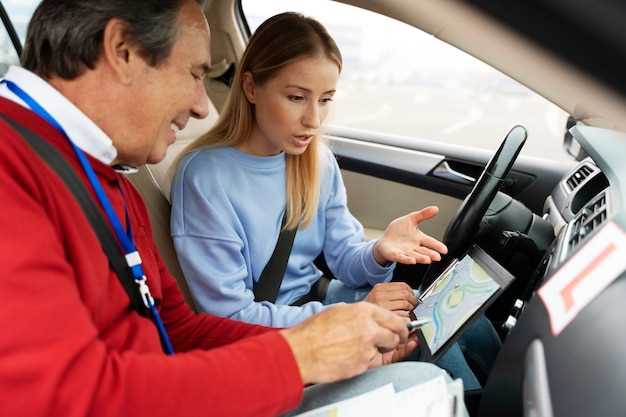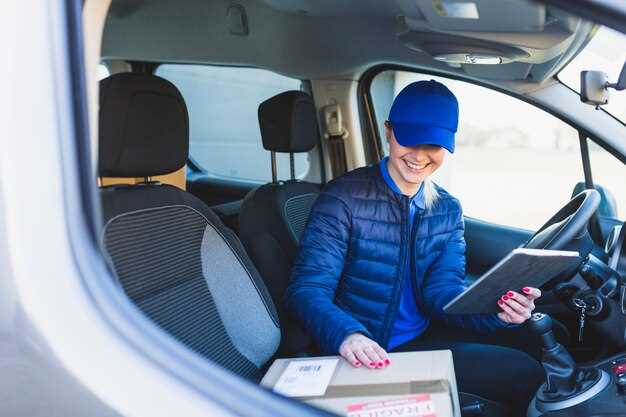
Effective communication with your transport driver is essential for ensuring a smooth and successful journey. Whether you are organizing a one-time trip or managing regular transportation services, the way you contact your driver can significantly impact the overall experience. This article provides helpful tips that can enhance your interactions and prevent potential miscommunications.
First and foremost, clarity is key. When reaching out to your driver, make sure to provide clear and concise information about your pickup location, destination, and any special instructions. This clarity will help your driver understand your needs more effectively, minimizing confusion and ensuring a timely arrival.
Additionally, maintaining a respectful and courteous tone during your conversations will foster a positive relationship with your driver. Remember that they play a crucial role in your transportation experience, and showing appreciation for their efforts can go a long way in building rapport. By implementing these tips, you can help create a more efficient and enjoyable transport experience for everyone involved.
Best Practices for Initial Contact with Your Driver

Establishing clear communication with your transport driver is essential for a smooth experience. Here are some effective tips to consider during the initial contact:
Be Clear and Concise: When you first reach out, provide clear information regarding your location, destination, and any specific requirements you may have. This helps the driver understand your needs right away.
Use Polite Language: A friendly tone can set a positive tone for the entire journey. Begin your conversation with a polite greeting and express any necessary details with courtesy.
Confirm Details: After sharing your information, ask the driver if they’ve received it correctly. This confirmation minimizes the risk of miscommunication and ensures both parties are on the same page.
Ask for the Driver’s Name: Requesting the driver’s name creates a sense of personalization and trust. It also helps you address them directly in case you need to follow up or ask questions.
Set Expectations: Discuss estimated pickup time and duration of the journey. Outlining these details will help manage both your and the driver’s expectations and contribute to better coordination.
Stay Available: Make sure you are reachable in case the driver needs to contact you for directions or other details. Provide your contact number if necessary, and be prompt in responding to their messages or calls.
By following these best practices during your initial contact, you enhance the chances of a positive interaction, setting a solid foundation for your transport experience.
Keeping Your Driver Updated During Transit
Effective communication is essential for ensuring a smooth transit experience. Providing timely updates to your driver can help avoid potential issues and enhance overall efficiency. Here are some valuable tips for keeping your driver informed during transit.
First, always share your schedule. Let your driver know about any changes in pickup or delivery times as soon as they occur. This allows them to adjust their route or timing accordingly, minimizing delays.
Second, give real-time location updates. If you’re on the move, inform your driver of your whereabouts. This helps them anticipate your arrival and plan for the best parking or unloading options.
Another tip is to communicate any obstacles or challenges you encounter. If you face unexpected traffic or road closures, relay this information to help your driver adjust their route in real-time.
Additionally, be proactive in discussing any special requirements for the delivery. If there are specific instructions regarding access, loading docks, or handling of fragile items, ensure these details are conveyed promptly to avoid complications upon arrival.
Lastly, maintain open lines of communication. Encourage your driver to reach out if they have questions or concerns during transit. This two-way communication fosters a collaborative environment which can lead to better problem-solving and improved service.
How to Handle Issues and Emergencies While on the Road

When unexpected issues arise while traveling, effective communication is essential. First and foremost, remain calm to assess the situation accurately. If you encounter mechanical problems, pull over to a safe location. Notify your transport driver immediately, providing clear details about the issue and your exact location.
It’s important to stay connected with your driver for updates on assistance. If the driver cannot be reached, have alternative contact numbers at hand, such as roadside assistance or a local mechanic. This ensures prompt help when needed.
In the event of an emergency, prioritize safety. If an accident occurs, check yourself and others for injuries before contacting emergency services. Provide precise information about the incident to the authorities. Keep your transport driver informed throughout to facilitate timely updates and support.
For other emergencies, like severe weather changes or road blockages, maintain communication with your driver. They may have access to resources or alternate routes that can help you reach your destination safely.
Lastly, if possible, always carry a charged mobile device to ensure you can easily contact your transport driver and receive necessary updates when issues arise on the road.



